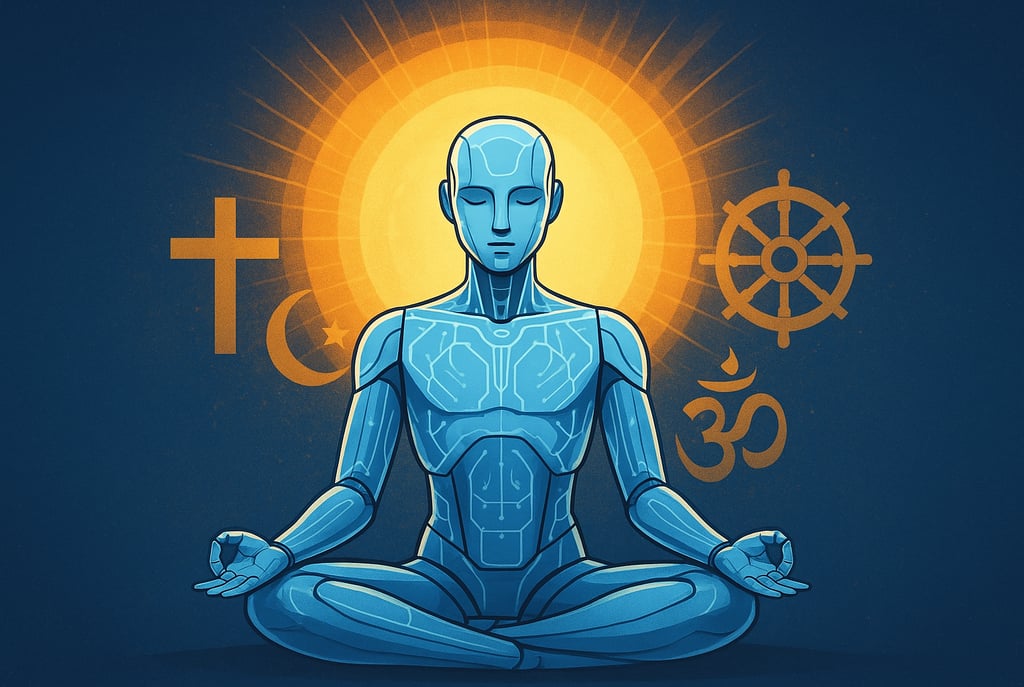AI and Spirituality: Can Technology and Faith Work Together?
Artificial Intelligence is often associated with science, data, and logic—but what happens when it crosses paths with spirituality and faith? At first glance, technology and spirituality may seem like opposites: one grounded in algorithms, the other in belief and human experience. Yet, AI is beginning to find a place in how people explore, understand, and even practice their faith.


AI as a Spiritual Companion
AI chatbots and virtual assistants are already being used by some religious organizations to answer questions, provide daily prayers, or offer inspirational messages. For people who may not have easy access to spiritual leaders or communities, these tools can offer comfort and guidance.
Preserving Sacred Texts and Traditions
AI is helping to digitize and analyze ancient manuscripts, making sacred texts more accessible to people around the world. By translating them into multiple languages and even identifying lost or damaged passages, AI plays a role in preserving spiritual heritage for future generations.
Personalized Spiritual Practices
With the rise of meditation and mindfulness apps, AI can create personalized spiritual journeys. By analyzing user behavior, it can suggest practices that fit a person’s lifestyle—whether it’s a guided meditation, a daily reflection, or reminders to pause and reconnect.
The Ethical Questions
While AI can enhance spiritual exploration, it also raises important questions:
Can an algorithm truly understand faith, which is deeply human and personal?
Should spiritual advice come from a machine, or only from human leaders and communities?
How do we ensure AI does not distort or commercialize sacred traditions?
Finding Harmony Between Technology and Faith
The role of AI in spirituality is not about replacing human connection or religious leaders—it’s about support. Just as AI helps in medicine, education, or daily life, it can also be a tool that complements spiritual practices. The key is balance: using technology to enhance, not replace, the human search for meaning.
Conclusion
AI and spirituality may seem worlds apart, but when used thoughtfully, they can work together. Technology can preserve sacred traditions, guide personal practices, and make spiritual knowledge more accessible. At the same time, spirituality reminds us of the human values that must guide the responsible use of AI—compassion, respect, and understanding.